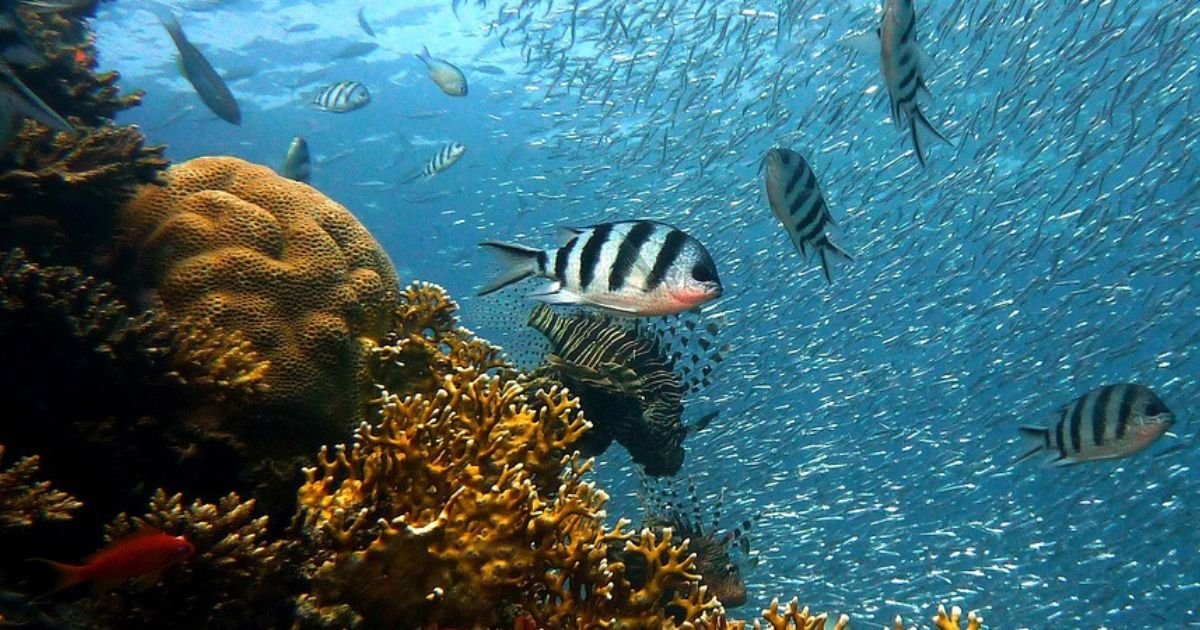Africa Day of Seas
Kenya officially joined the African Union in commemorating the Africa Day of Seas and Oceans 2025 a pan-African initiative designed to increase awareness on marine conservation maritime security and the sustainable use of ocean resources. Held annually on or near July 25, this important observance is rooted in the African Union’s strategy to harness the Blue Economy for Africa’s Development while countering threats such as ocean pollution overfishing, maritime insecurity and weather change.
Advertisement
Advertisement
Advertisement
From beach cleanups along Mombasa’s shores to policy dialogues hosted by the Kenya Maritime Authority (KMA), the country’s multi-stakeholder approach reinforced its commitment to protecting Kenya’s marine ecosystems and promoting sustainable livelihoods for coastal communities.
What Is Africa Day of Seas and Oceans?
Established in 2015 by the African Union (AU) the Africa Day of Seas and Oceans underscores the continent’s urgent need to protect its 13 million square kilometers of maritime space. It is more than a symbolic date it is a rallying call for area cooperation in ocean Governance and a platform to highlight Africa’s Maritime trials and untapped potential.
Also Read: Kenya’s Chaos Turns Personal: Two Friends Bleed on Opposing Sides of 2025 Protests
2025 Theme (Unofficial):
“Protecting Africa’s Maritime Ecosystems for Sustainable Development”
Kenya’s Role: A Coastal Nation Leading from the Front
As a nation through over 600 kilometers of coastline Kenya continues to play a critical role in regional maritime affairs. This year’s commemoration brought together key institutions with:
- Ministry of Environment, Climate Change and Forestry
- State Department for Blue Economy and Fisheries
- Kenya Coast Guard Service
- Kenya Maritime Authority (KMA)
- County governments of Mombasa, Lamu, Kilifi, Kwale, and Tana River
- Regional bodies like IGAD and AU-IBAR
Important Highlights of Kenya’s Participation:
- Beach cleanups in Diani, Kilifi and Watamu
- Marine biodiversity awareness campaigns
- Policy forums on maritime governance and security
- Coastal youth empowerment exhibitions
- Blue Economy investment roundtables
Priority Focus Areas for Kenya’s Marine Conservation Strategy
1. Combating Marine Pollution
Plastic waste, oil spills and industrial runoff continue to threaten aquatic biodiversity in Kenya, mainly in areas like Shimoni and Vanga. Community-led cleanups and community-private partnerships are taking center stage.
2. Maritime Security Enhancement
Through the Kenya Coast Guard Service struggles are ongoing to tackle:
- Illegal fishing in Kenya’s Exclusive Economic Zone (EEZ)
- Piracy and drug trafficking beside the Swahili Coast
- Marine surveillance using satellite and drone tech
3. Sustainable Fisheries And Aquaculture
Backed by KMFRI research in Kilifi and Lamu Kenya is growing eco-friendly fish farming dropping overfishing and increasing food security.
4. Weather Change Adaptation for Seaside Communities
From Tana River delta floods to growing sea levels in Mombasa Kenya is spending in:
- Flood warning systems
- Livelihood diversification for vulnerable communities
5. Blue Economy Job Creation
Kenya views the Blue Economy as a frontier for job creation specially for youth and women in:
- Marine tourism
- Boatbuilding and repair
- Ocean sciences
- Seaweed and crab farming

By the Numbers: Kenya’s Ocean Conservation Impact
| Metric | 2024 | 2025 (Target) |
| Beach cleanup events | 75 | 120+ |
| Mangrove trees planted | 1.2M | 2M |
| Youth trained in marine careers | 5,000 | 8,000 |
| KMFRI-led marine research papers | 28 | 40+ |
Expert Insights: Voices from the Coast
“We are not just marking a day we are defending a future. The ocean is our economy our culture, our lifeline.”
Prof. James Kairo, Marine Scientist, KMFRI
“Every plastic bottle thrown into the sea is a lost fish, a lost jo and a lost future.”
Fatma Ahmed, Mombasa Environmental Activist
Call to Action
Want to support Kenya’s marine future?
